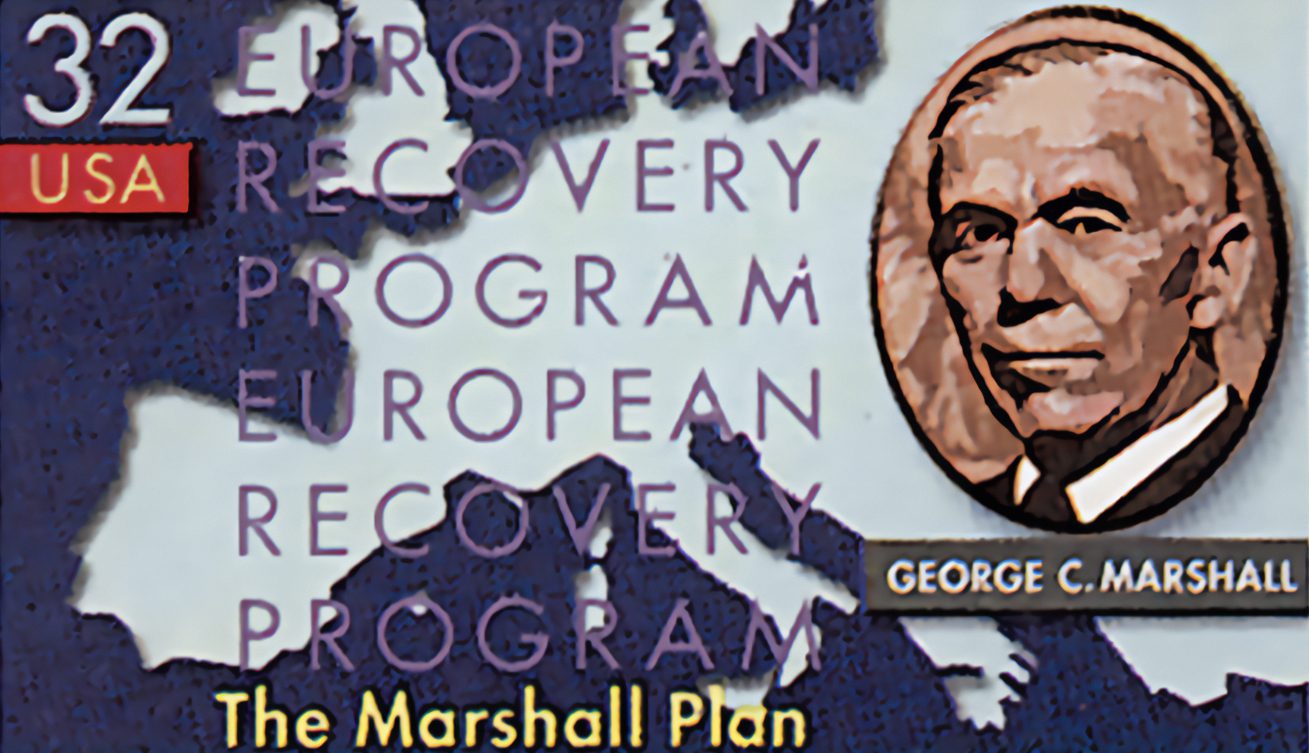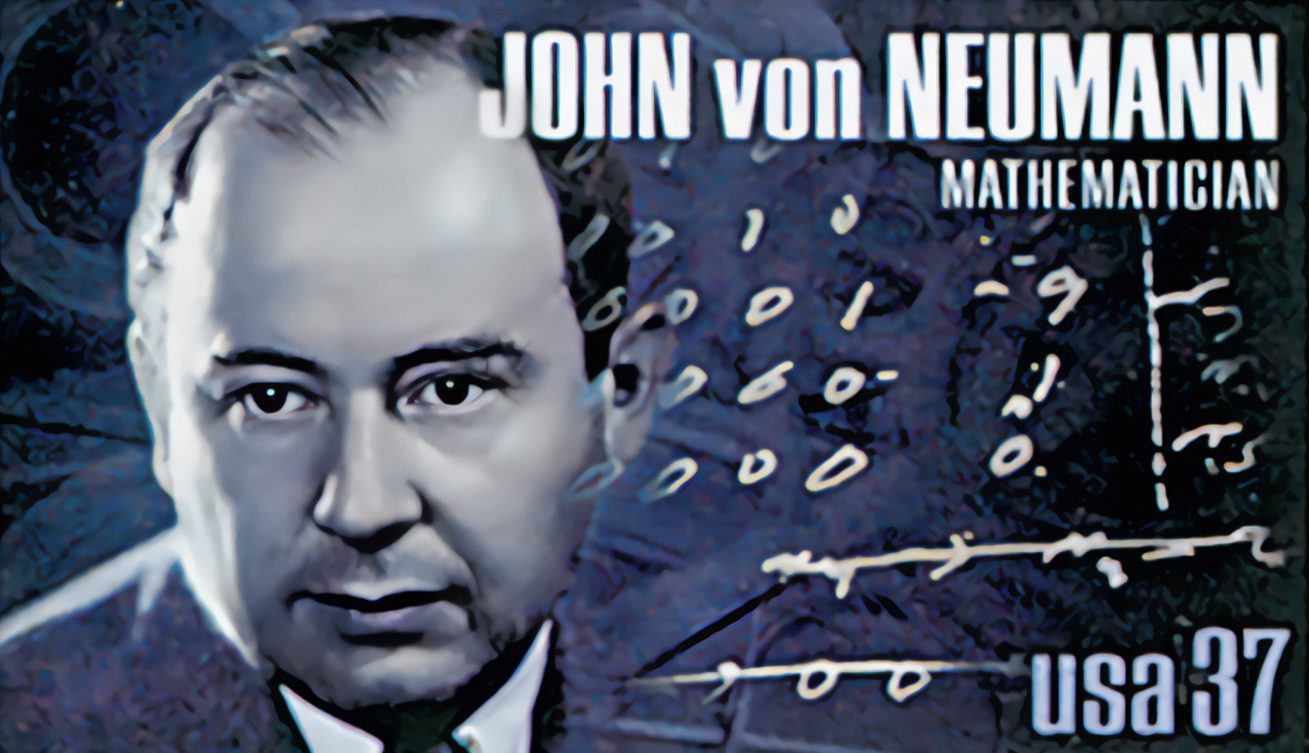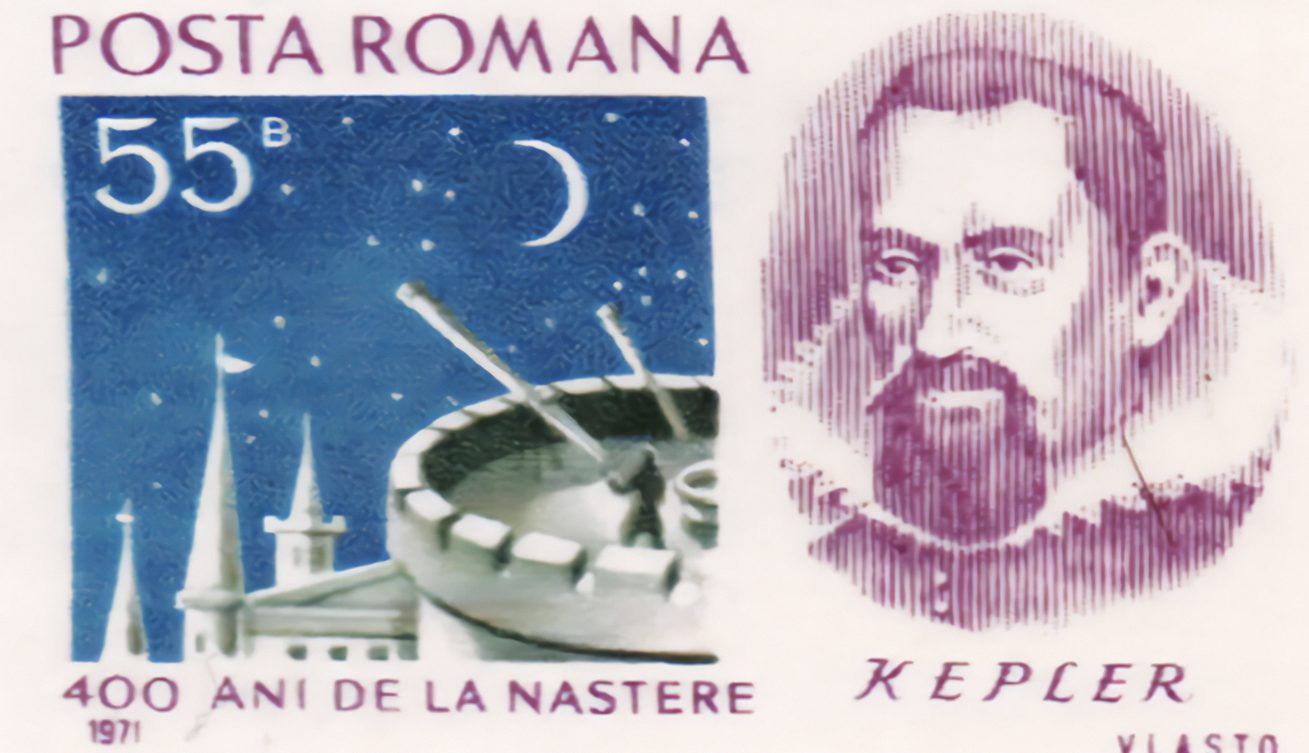Alaska Becomes America’s 49th State
On January 3, 1959, Alaska was made a state. It was the first new state added to the Union in 46 years.

On January 3, 1959, Alaska was made a state. It was the first new state added to the Union in 46 years.

On January 2, 1952, the US Post Office Department issued a commemorative stamp honoring Betsy Ross, one day after her 200th birthday. The stamp pictures Ross presenting the flag to George Washington and the Flag Committee.

Paul Revere was born on January 1, 1735, according to the modern calendar in the North End of Boston. In 1775, he went on a famous ride to warn of the arrival of British troops. After the war, he earned a name for himself as a silversmith.

On December 31, 1951, the Marshall Plan expired after providing aid to millions of people in Western Europe. The Plan was seen as a way to contain the spread of communism and increase US exports.

Alfred Emanuel Smith was born on December 30, 1873, in New York City, New York. Smith was a major figure in New York politics, serving as the state’s governor for eight years.

Andrew Johnson was born in Raleigh, North Carolina, on December 29, 1808. The Reconstruction President, he faced the difficult task of replacing Abraham Lincoln and leading the US through the years following the Civil War. His greatest legacy is as the first US president to be impeached.

Mathematician and scientist John von Neumann was born on December 28, 1903, in Budapest, Hungary.

Johannes Kepler was born December 27, 1571 in Weil der Stadt, Germany. Kepler was one of the leading figures in an era that has been called the “Scientific Revolution.”

On December 26, 1919, Babe Ruth was sold by the Boston Red Sox to the New York Yankees, ushering in the long-standing superstitious Curse of the Bambino.